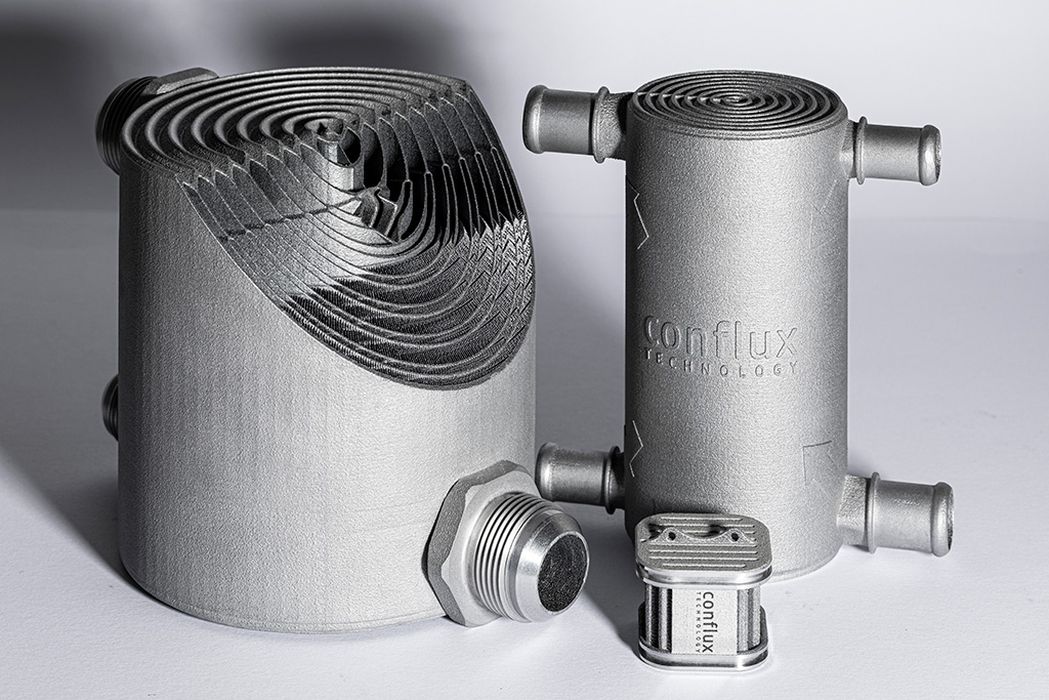
There’s further proof of additive manufacturing value with a new investment in Conflux Technology.
Conflux Technology is an Australian company that builds advanced heat exchangers. Founded in 2015, the company brings experience from the F1 world, where advanced technologies were used to create radically new part designs. This approach carried forward into Conflux, where heat exchangers are designed and built.
Heat exchangers are the perfect part type for additive manufacturing. Exchanging heat requires the maximum amount of surface area exposed, and that is best accomplished with highly complex designs. Those designs are often so intricate that they must be generated by software, and as a result can only be produced using 3D printing processes.
Heat exchangers designed with generative design software also allows for the parts to be fit for unusual spaces within vehicles and other systems. That’s a huge advantage to automotive, aerospace and other industries.
The introduction of copper material in recent years to metal 3D printing has supercharged the potential of 3D printed heat exchangers. Copper is an excellent transmitter of heat, ideal for use in heat exchangers.
But that’s the potential. Is this real?
It seems so, as Conflux Technology, a company built on the concept of 3D printing heat exchangers, just received a significant investment of US$11M. What will the company do with this cash? They explain:
“The funding will be used to speed up the development of Conflux Production Systems (CPS) – an advanced end-to-end manufacturing solution for producing AM heat exchangers – as well as scale hiring and support customer demand across the US, Europe and Asia. CPS is a comprehensive production system that replaces traditional heat exchanger manufacturing plants, automating the production of complex AM structures to ultimately address supply chain risk, increase efficiency, and streamline operations.”
The company said the worldwide heat exchanger market is around US$6B, and that could expand as new aerospace and automotive technologies progress. Only a small portion of that market uses additively manufactured heat exchangers.
The message here is that we have a company that has successfully leveraged 3D print technology into a large and growing business. Conflux Technology found the correct niche for their expertise and equipment, and has been validated by growth and investment.
I believe there are several other business niches that can similarly take advantage of today’s 3D print technology, where entrepreneurs can build large businesses.
